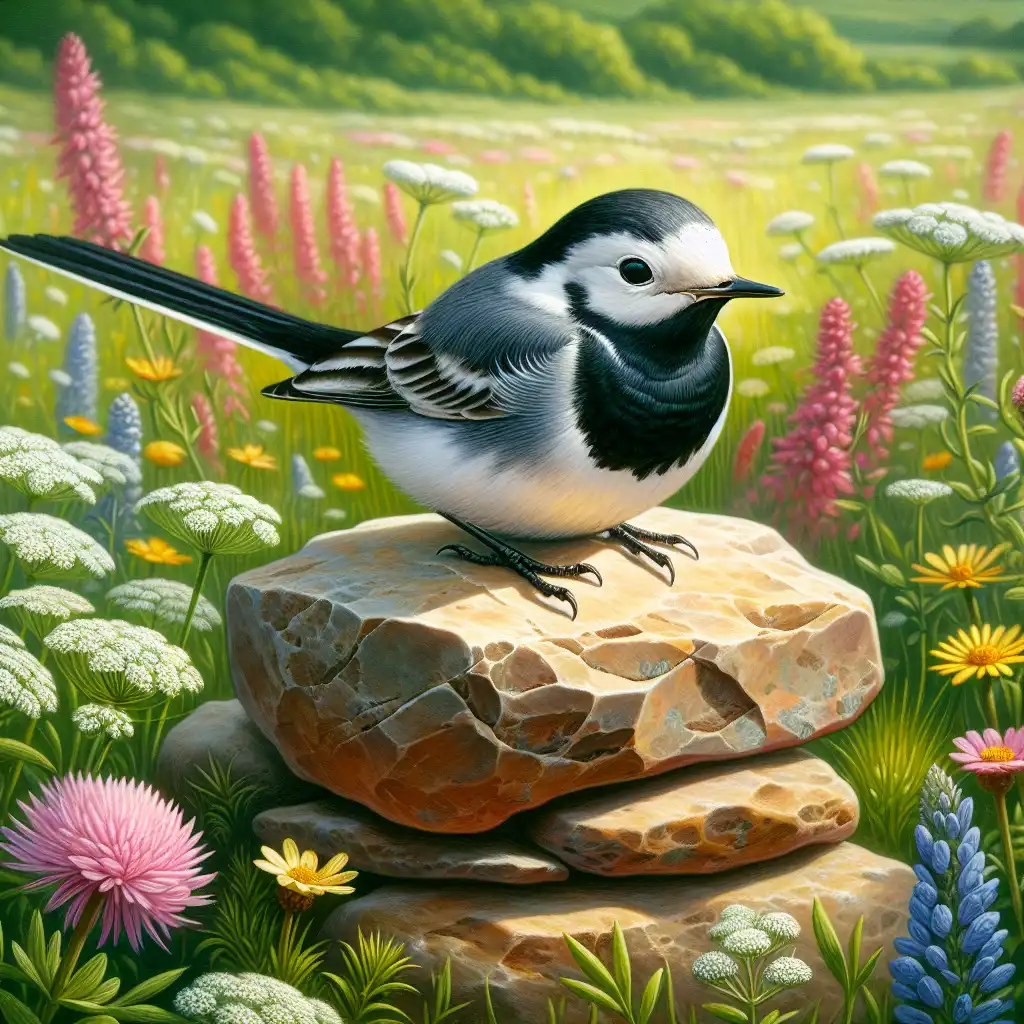
Wagtail
Bird Behavior
The wagtail gets its name because it wags its tail; a behavior often observed by birdwatchers.  The wagtail is named aptly, as it kept wagging its tail while searching for insects.
The wagtail is named aptly, as it kept wagging its tail while searching for insects.
Birdwatching Term
Bird enthusiasts use 'wagtail' to identify the bird species; it's a handy term for birdwatching activities.  At the birdwatching event, we learned to recognize a wagtail by its distinctive tail movement.
At the birdwatching event, we learned to recognize a wagtail by its distinctive tail movement.
Native Habitats
Wagtails are often found near water, so the term may evoke imagery of rivers, lakes, or wetlands.  Walking along the stream, I saw a wagtail fluttering around the reeds.
Walking along the stream, I saw a wagtail fluttering around the reeds.